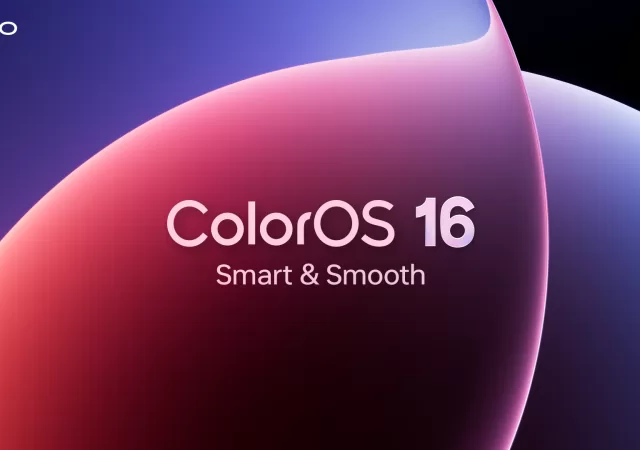This article is contributed by Francis Chow, Vice President and General Manager, In-Vehicle Operating System and Edge, Red Hat
Organizations across the globe are deploying new services, generating massive amounts of data at the edge. With this explosion of data, companies are looking for ways to make real-time decisions where this data is being generated – this is where edge computing comes in. Whether it be massive amounts of data, clusters and nodes or disconnected and connected applications in hard-to-reach locations (or all of the above), edge computing can help companies create more intelligent devices, providing innovative ways to stand out in competitive and quickly evolving marketplaces.

Scalability, low latency, more bandwidth, enhanced security, standardization and reusability – these are benefits every organization wants in their infrastructure. But how can they get there? How do they use the IT and OT human and physical resources they currently have to make this happen? Companies are partnering with software companies like Red Hat to provide the infrastructure, support, services and solutions from the far edge to the cloud and back. Red Hat believes in open source solutions at the edge. Adopting open source technologies at the edge helps minimize vendor lock-in, facilitating standards-based integration and means anyone can inspect, modify or enhance, unlike proprietary software that is limited to specific users. From device endpoints to gateways to edge servers to on-premise data centres to the cloud, open source solutions can help drive collaboration and standardization across industries so that everyone can benefit from better products and faster innovation.
In the early stages of edge computing, Red Hat worked with service providers like Verizon to successfully use open source solutions at the edge to transform networks. Verizon built its 5G core network on a modern cloud platform because Red Hat has the capabilities for critical infrastructure with extremely high availability, security and performance requirements within our open source technologies. Red Hat then helped Verizon roll out this same platform to the edge to host 5G RAN base stations at the edge, achieving a homogeneous platform with a leg up in operational efficiency. Verizon is driving 5G into its network to offer its intelligent Edge Network (iEN) and Network as a Service (NaaS) strategy aiming to make its network the most intelligent, adaptive and service-aware network available.

Now, Red Hat is working with ABB to extend operational consistency for industrial use cases across edge and hybrid cloud environments. With Red Hat Device Edge and Red Hat OpenShift, ABB will be able to more easily connect cloud and control environments for optimized asset monitoring and efficiency by aggregating and analyzing data on hard-to-reach devices with limited resources.
Another example is automotive and software-defined vehicles. With software-defined vehicles, computing at the edge is critical as most of the computing workload is in the vehicle itself. We’re working with key players in the automotive industry to help them embrace new and innovative solutions that can keep up with the pace of change and overcome limitations that have created barriers to adopting new technologies, despite their efforts in standardization and reusability.

Two years ago, we announced that we were investing in the automotive market to build a functional-safety certified Linux operating system. Since then, we’ve started working with companies like Luxoft, Qualcomm Technologies, Inc. and General Motors to help advance software-defined vehicles at the edge. Red Hat and GM are continuing to work together to develop next-generation platforms for GM’s software-defined vehicles, while also creating a methodology to build high-quality and functionally safe platforms and applications. The goal of this collaboration is to establish best practices that promote the adoption of new technologies and ensure interoperability across different vehicles and systems, making the automotive community more accessible for all, including developers. Today, Red Hat announced the next step in this important work with a collaboration with ETAS, a subsidiary of Bosch, to provide a more scalable platform to help accelerate software-defined vehicle transformation. As a result of this collaboration, automakers can benefit from a tightly integrated, reliable and scalable platform for developing, testing and deploying advanced driver assistance systems and automated driving applications on software-defined vehicles.
As our ecosystem work shows, Red Hat is committed to helping our customers with their biggest challenges and it’s clear to see that open source is the new normal at the edge, whatever the use case. Whether it be concerns about security at the edge, flexibility at scale, management, integration and complexity, Red Hat can provide the best open source infrastructure software as they move to the edge.





